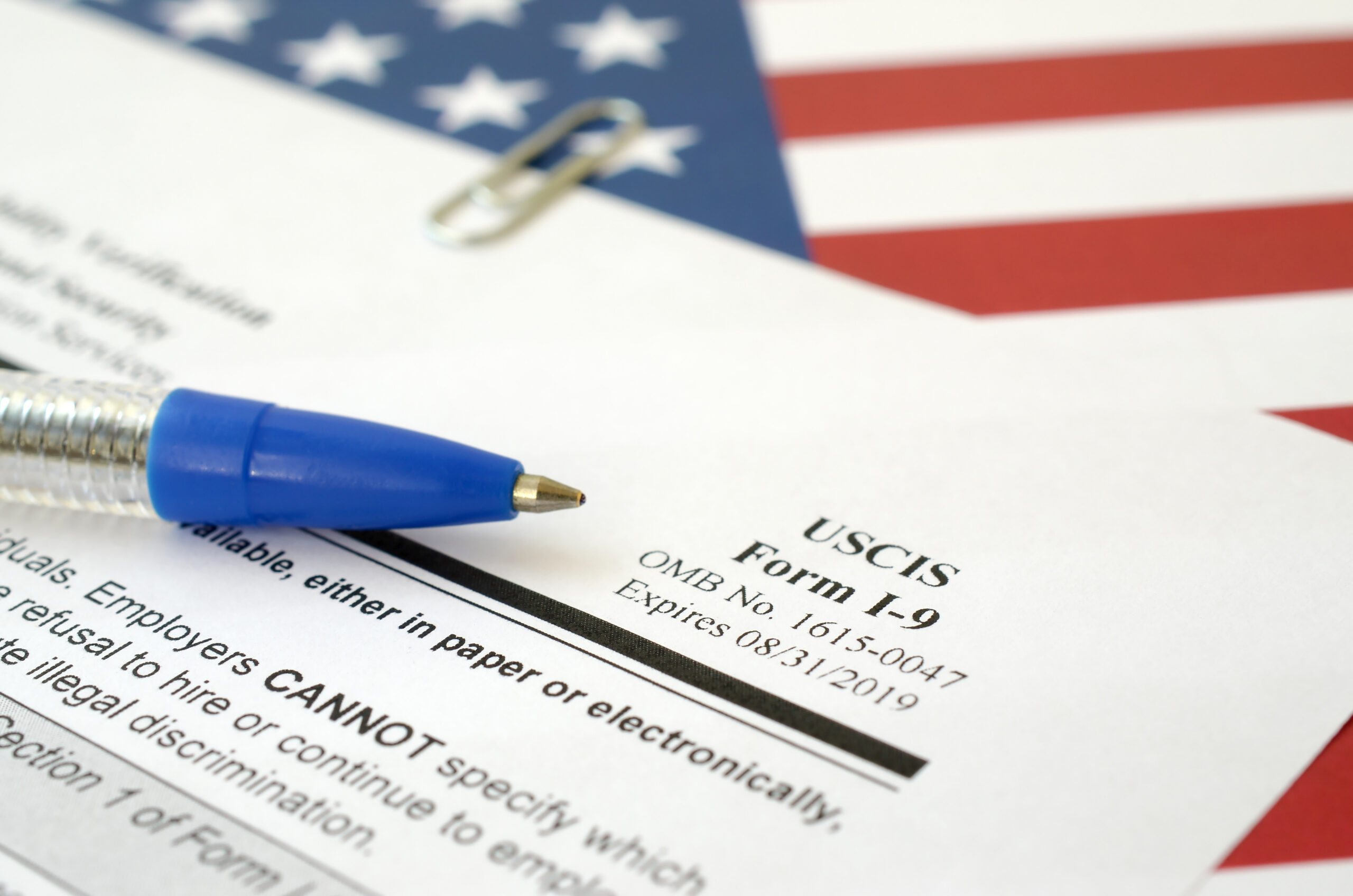The New York Fashion Sustainability and Social Accountability Act (Fashion Act) is back on the agenda of the New York State Legislature. Introduced in 2022, and then reintroduced in 2023, the bill seeks to level the playing field among fashion companies by requiring improved due diligence on both environmental and human rights issues. The Fashion Act would not only govern companies based in New York, but also those that sell product in New York. In essence then, every major fashion company would be affected by its passage. Suffice to say the legislation is no small matter to the $2.5 trillion fashion industry.
If the Fashion Act is ultimately signed into law, apparel, footwear, and handbag companies with global revenue of $100 million or more would have to map out their entire supply chain, undertake mandatory due diligence, commit to science-based targets to reduce greenhouse gas emissions, and publish details on their management of chemical usage.
The Justification for Legislative Action
Sponsors of the Fashion Act stress the fashion industry has an enormous environmental and social footprint as a leading greenhouse gas emitter, user of industrial chemicals, and exploiter of global labor. Specifically, they cite that the sector is responsible for up to 8% of the world’s greenhouse gas footprint, and project this to increase dramatically as new “fast fashion” industry players like Shein continue to thrive. So too, they cite that the fashion space is a significant user of chemicals, with manufacturing processes in textile mills resulting in toxic waste. That waste, if mismanaged, can not only impact textile workers’ health but can also be released to local waterways impacting surrounding communities. Finally, backers point to the fashion industry’s heavy reliance on cheap labor to produce goods leads to exploitation ranging from underpayment to poor working conditions to physical abuse of the child or predominantly female workforce.
Those supporting the bill also stress that it is needed to “level the playing field,” as those fashion companies who are voluntarily acting responsibly as environmental and social stewards are at a significant competitive disadvantage. Their operational and production costs are necessarily higher than those fashion companies that emphasize the bottom line over the environment, sustainability goals, and labor impacts. A case in point is the rapid success of new fast fashion players like Shein, which is taking over market share as it doubled profits last year to more than $2 billion by offering products to an impulsive consumer base at rock bottom prices and nearly instantaneous production which largely remains unchecked.
Compliance & Enforcement
The New York Department of State, working alongside relevant state agencies, would be tasked with developing regulations to guide fashion company compliance with the Fashion Act and enforcement would fall to the New York Attorney General, or the Attorney General's designated administrator. Companies found to be out of compliance, and which do not remedy that non-compliance within three months of notice, could be fined up to 2% of annual revenues. The revenue generated by such fines would go toward environmental benefit or worker protection programs.
Gathering Momentum
The Fashion Act, which has been languishing in the New York State Legislature for two years, seems to be gaining steam. Indeed, backers say the legislation has renewed momentum, but still faces a battle to compete for attention with other pressing issues during this busy 2024 election year. The momentum is calculable as fashion brands and celebrities alike throw support to passage of the Fashion Act. For example, Angelina Jolie’s fashion label, Atelier Jolie, has recently joined the ever-growing list of companies supporting passage. Other leading companies that would themselves be regulated by the Fashion Act but are nevertheless behind it include Stella McCartney, Patagonia, Eileen Fisher, Ganni, Mara Hoffman, Reformation, Thrilling, Another Tomorrow, L’Estrange, and Everlane. Celebrity support is driven by the likes of Leonardo DiCaprio, Rosario Dawson, Jane Fonda, Cameron Diaz, Andie MacDowell, Ciara, Russell Wilson, and Zooey Deschanel, all of whom are lending their endorsement to the Fashion Act.
Is Now the Time That New York Regulates Fashion?
The short answer: this remains to be seen.
Many claim the Fashion Act seeks to impose a heavy burden on fashion companies, particularly smaller ones. The legislation’s extensive supply chain due diligence requirements, under which fashion companies would be required to identify, cease, prevent, mitigate, and account for actual and potential adverse impacts to human rights and the environment in their own operations and supply chain, are significant. Likewise, the requirement to perform mandatory due diligence, coupled with independently verified disclosure, around wages is viewed as a daunting task.
At the same time, some critics claim that the bill does not go far enough. They assert that the Fashion Act in its current form does not provide a means to hold fashion companies accountable for the damages they cause. These critics highlight that the legislation only requires the disclosure of information on supply chains, not actual improvement of their sustainability. Accordingly, naysayers suggest that the Fashion Act is too focused on how a fashion company communicates its targets and operations, rather than on how it will actually achieve remedial goals.
In addition, critics note it is unclear how the science-based targets to reduce greenhouse gas emissions would be monitored, as the Fashion Act does not obligate fashion companies to act on the targets or attempt to hit them. And finally, those critical of the bill state that while it asks companies to disclose 50 percent of their supply chain, the legislation does not specify which part of the chain they should detail, allowing room for interpretation and the ability to be selective in what information fashion companies actually share—giving rise to concerns that the Fashion Act is weaker than similar measures being undertaken in France and other countries.
A Reason for Optimism
While passage of the Fashion Act continues to be stalled by a busy New York State legislative agenda and concerns about whether there is too much or not enough teeth in the bill, winds are blowing in a favorable direction. Indeed, momentum seems to be growing for New York to reshape the fashion industry with the passage of the Fashion Act in an effort to foster a more sustainable, ethical, and socially responsible fashion ecosystem.
This blog post is not offered, and should not be relied on, as legal advice. You should consult an attorney for advice in specific situations.










